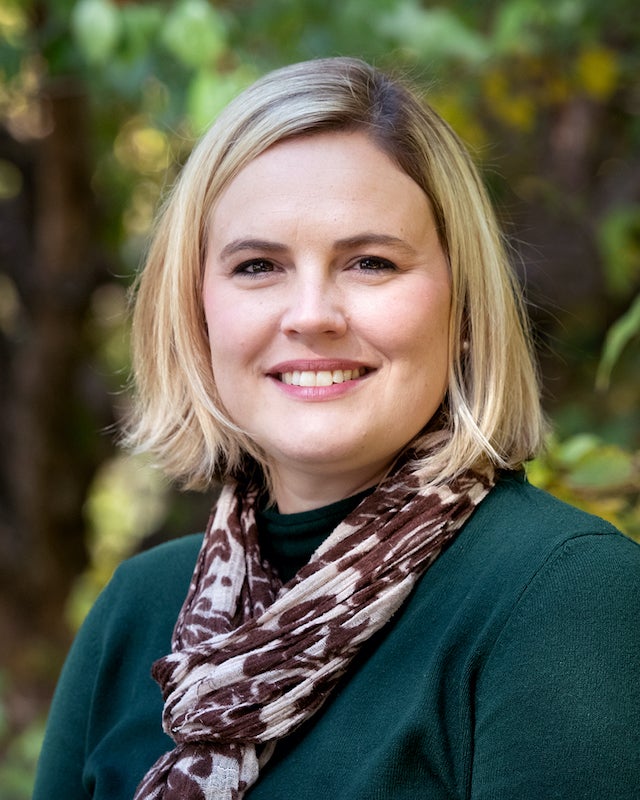
Megan L. Smith, associate professor in the Department of Public Health and Population Science, is one of six prominent women leaders in public health and epidemiological research, policy, and practice who were interviewed by OnlineEducation.com. Her interview was part of the Women Breaking Barrier series that explores the roles of women working in professions typically dominated by men. Smith earned her Ph.D. in Human development and family studies from the College of Education and Human Services at West Virginia University in 2015. She has a Bachelor of Arts in Psychology from the University of California Santa Cruz.
Throughout her interview, Smith discusses the challenges of entering male-dominated workplaces. She was a teacher when she first entered the workforce, thinking that women could only be teachers or nurses. Later in her teaching career, she taught life sciences and pre-algebra. She began to notice gender disparities in her very young female students and how they had already internalized the ideas that they weren’t suited to learn math and science.
Eventually, Smith and her husband moved to West Virginia, but she couldn’t find any teaching positions there so she enrolled in West Virginia University to earn her Ph.D. in human development and family studies. She discovered that, ultimately, what she was studying were health outcomes.
Smith studies social behavioral health sciences; the ways in which an environment and other factors impact the health of people at the community level. In public health, the study of social health sciences focuses on how human behavior affects human interaction and decision making. This information is then used to better understand how to promote healthy and safe behavior amongst a certain population. More specifically, Smith is working in areas related to adolescent health. She studies substance use, mental health, risk behavior and looks at the factors of their environment that may correlate with those behaviors.
Smith also looks at how complex factors work together to impact health. For example, young people who do not graduate from high school may end up with less than ideal mental or physical health outcomes. Instead of looking at individual characteristics, Smith examines all factors in that person’s life experiences.
– By Hannah McNamee